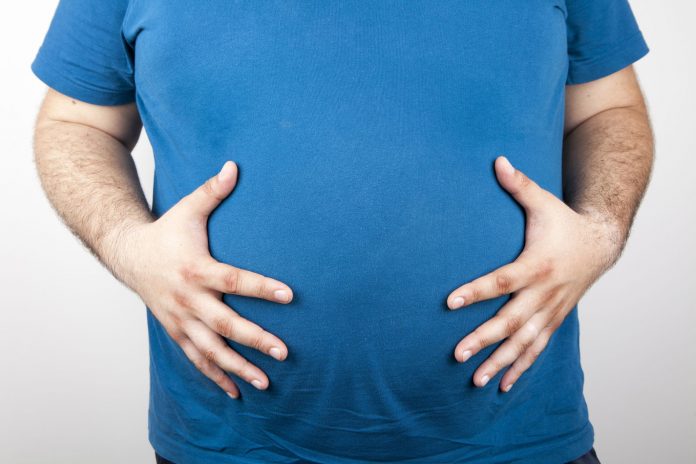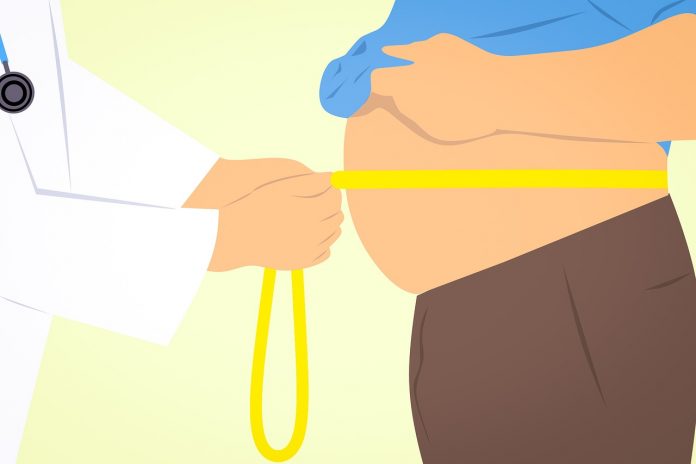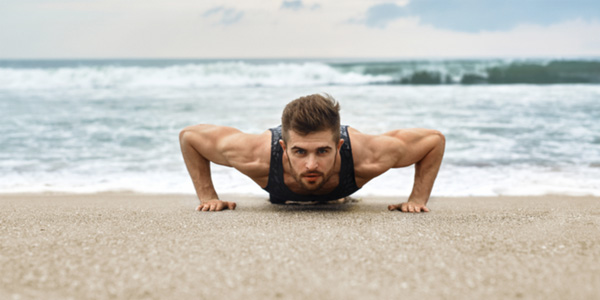Definitive approaches to managing patients with MPM typically involve combinations of multiple standard treatment modalities and must address both widespread local disease and the high risk of systemic disease. This is made more challenging because the potential morbidity of highly aggressive local treatment strategies can limit the implementation of aggressive systemic treatment strategies and vice versa. Nevertheless, in patients with good performance status and few comorbidities, therapy with definitive intention (and higher RT doses) can lead to significantly higher median survivals than have been reported with palliative therapies.
In this context, it is important to note that no single modality, including surgery, is highly effective in the treatment of MPM and that the strategy in any surgery-based multimodal treatment plan is to use surgery to achieve a macroscopic complete resection and to then employ other modalities in an attempt to control the inevitably present residual microscopic disease. RT has been used definitively in the absence of surgical resection in selected patients to treat bulky areas of disease or even all glycolytically active (FDG-avid) disease (Feigen et al. 2011), but current RT techniques are not sufficient to allow high dose RT to all pleural surfaces without unacceptable toxicity. Accordingly, definitive radiotherapy is frequently associated with surgical therapy, and this section will discuss the role of PDT and RT in the surgically based multimodality therapy of patients with MPM.
In the overwhelming majority of MPM patients, even the most aggressive surgical resection results in high rates of local relapse. For this reason, both RT and PDT have been used to treat microscopic residual disease following surgery that was performed with the goal of achieving a macroscopically complete resection (MCR). One strategy for MCR involves an extrapleural pneumonectomy (EPP), in which the parietal pleura, diaphragm, pericardium, and lung are resected en bloc. The other commonly used strategy is the lung-sparing pleurectomy/decortication (P/D), which when performed with the intent of achieving an MCR is often referred to as an extended P/D (eP/D) or radical pleurectomy. As there is no surgical procedure accepted as the standard of care for pleural malignancies, there is certainly no procedure acknowledged as the standard cytoreductive operation, and both EPP and eP/D are performed at high-volume MPM surgical centers (see chapter Surgery Approaches in Mesothelioma of this volume by Wolf and Flores).





 Do you know, which are the Worst Foods for Body Fat? How it is difficult to get rid of belly and waist fat or, in simple words, bloating? Image Credit -
Do you know, which are the Worst Foods for Body Fat? How it is difficult to get rid of belly and waist fat or, in simple words, bloating? Image Credit -  Millions of people around the world have this problem. From hard dieting to joining the gym?
Millions of people around the world have this problem. From hard dieting to joining the gym?
